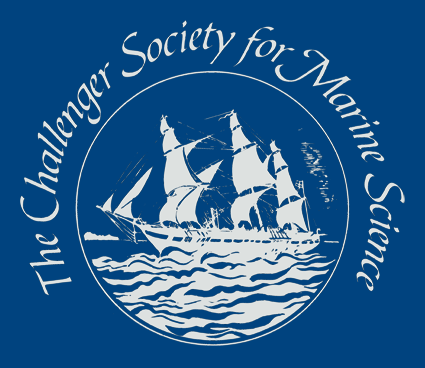Behavioural ecology and navigation in peacock mantis shrimp
Martha M. M. Daniel
University of Bristol
This November, I spent 20 days in the Maldives observing and recording the secret lives of peacock mantis shrimp, together with my colleague and dive master, Dr. Matteo Santon. These captivating little predators are most famous for their ability to punch faster than sound, which produces vacuum bubbles, light, and heat. They also have complicated eyes that have fascinated several generations of scientists and continue to challenge our imaginations. Still, we do not know how these animals move through and interact with their wild habitats. Such insights would provide much-needed context for past research about how mantis shrimp see their world, while also enabling new experiments that explore visual attention and decision-making.

Our quest was to address this gap in knowledge, since the second stage of my PhD work focuses on the navigation of mantis shrimp. The fieldtrip proved both a rewarding and exhausting undertaking. From the day after our arrival on Kuredu Island, Matteo and I embarked on two 90-minute SCUBA dives each day, armed with GoPros on selfie sticks and a plan that we knew would change during every dive.
On some dives, I spent the entire 90 minutes waiting for a mantis shrimp to leave its burrow, which entailed lying as still and low as possible, not too close but not too far away. On other dives, I spent the whole time swimming against a current to follow the mantis shrimp with a GoPro, being careful not to loom like a potential predator. The animals would often disappear from view, requiring us to anticipate from which hole they might emerge, and how soon.

However, to really show this, I also need to create a 3D map onto which I will be able to plot the positions of the mantis shrimp as they moved through the habitat. For this, we built a simple two-camera rig that allowed us to collect overhead videos of the reef. I cannot wait to plot the tracks of these animals and explore the patterns that stand to emerge!

Profile:
I am in the second year of my PhD program, which is based at two universities, the University of Bristol, UK, and Macquarie University, Sydney, AU. My supervisors are Dr. Martin How in the Ecology of Vision Group (Bristol) and Dr. Ajay Narendra in the Ecological Neuroscience Group (Macquarie). I came to this PhD project with separate experiences in both marine biology and sensory behaviour research, so it is exciting to finally be combining the two.

Latest News
Royal Society Publishing Photography Competition 2025
Please see a message from the Royal Society below:
We are delighted to announce that the 2025 Competition is now open for entries until 15 August for a chance to win £1000! The competition celebrates the power of photography in conveying the wonder of science happening all around us and photographs can be submitted in the categories of: Astronomy, Behaviour, Earth Science and Climatology, Ecology and Environmental Science, and Microimaging.
The competition is free to enter and open to anyone studying or working in science at graduate level or above. Category winners will receive a one-year membership to the Royal Photographic Society and the overall winner will receive a grand prize of £1,000. Find out more: https://bit.ly/RSPphotocomp
October 2025 MEDIN Workshop: Marine Data Management, Governance and the MEDIN toolset
The Marine Environmental Data and Information Network (MEDIN) are pleased to announce that registration is now open for the next occurrence of our popular free online training workshop: ‘Marine Data Management, Governance and the MEDIN toolset’ on the 13th – 17th October 2025 on OceanTeacher Global Academy.
Marine Data Management, Governance and the MEDIN toolset
The Marine Environmental Data and Information Network (MEDIN) and OceanWise are delighted to invite you to attend our popular free online training workshop: ‘Marine Data Management, Governance and the MEDIN toolset’ on the 19th – 23rd of May 2025.
